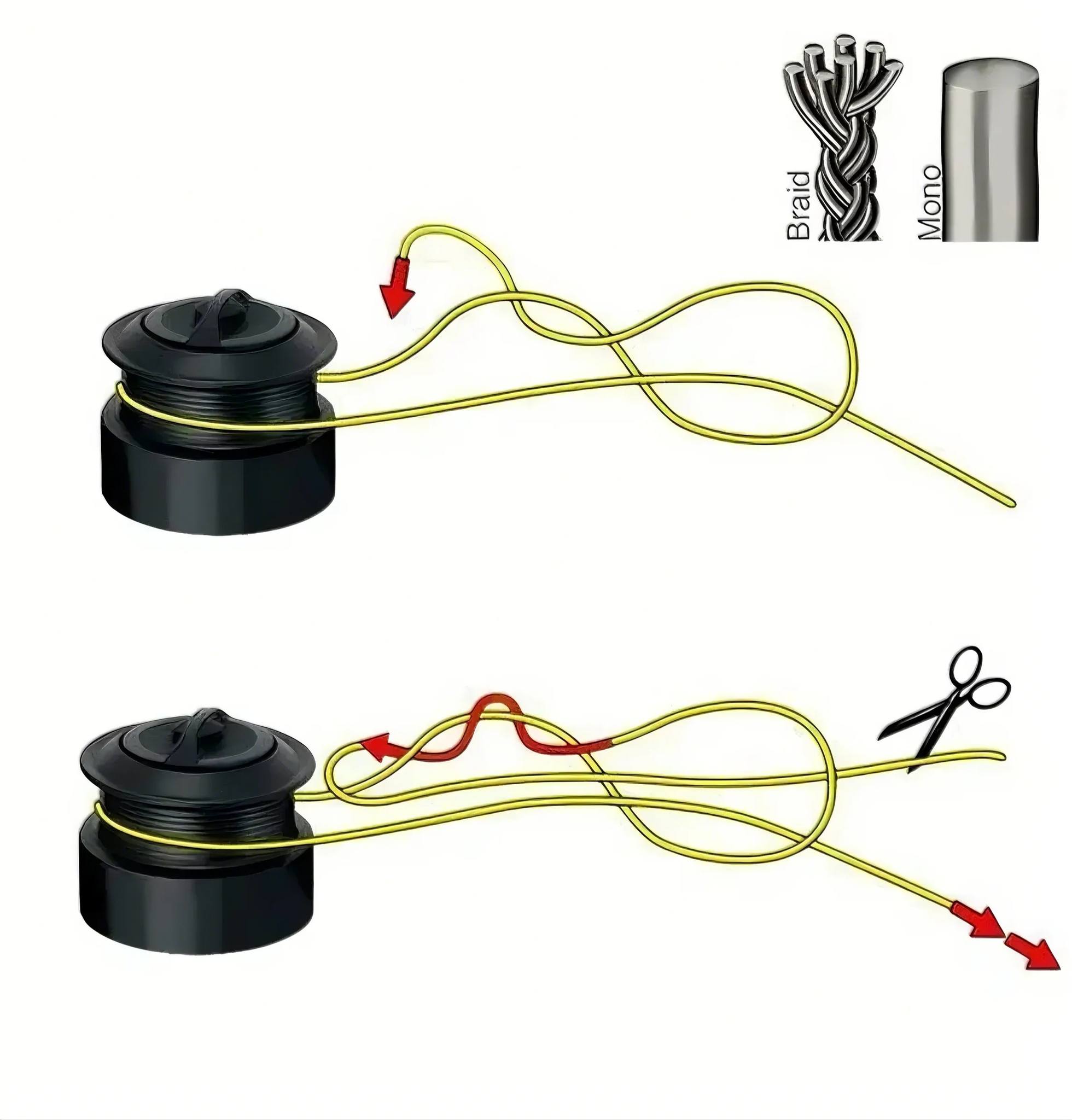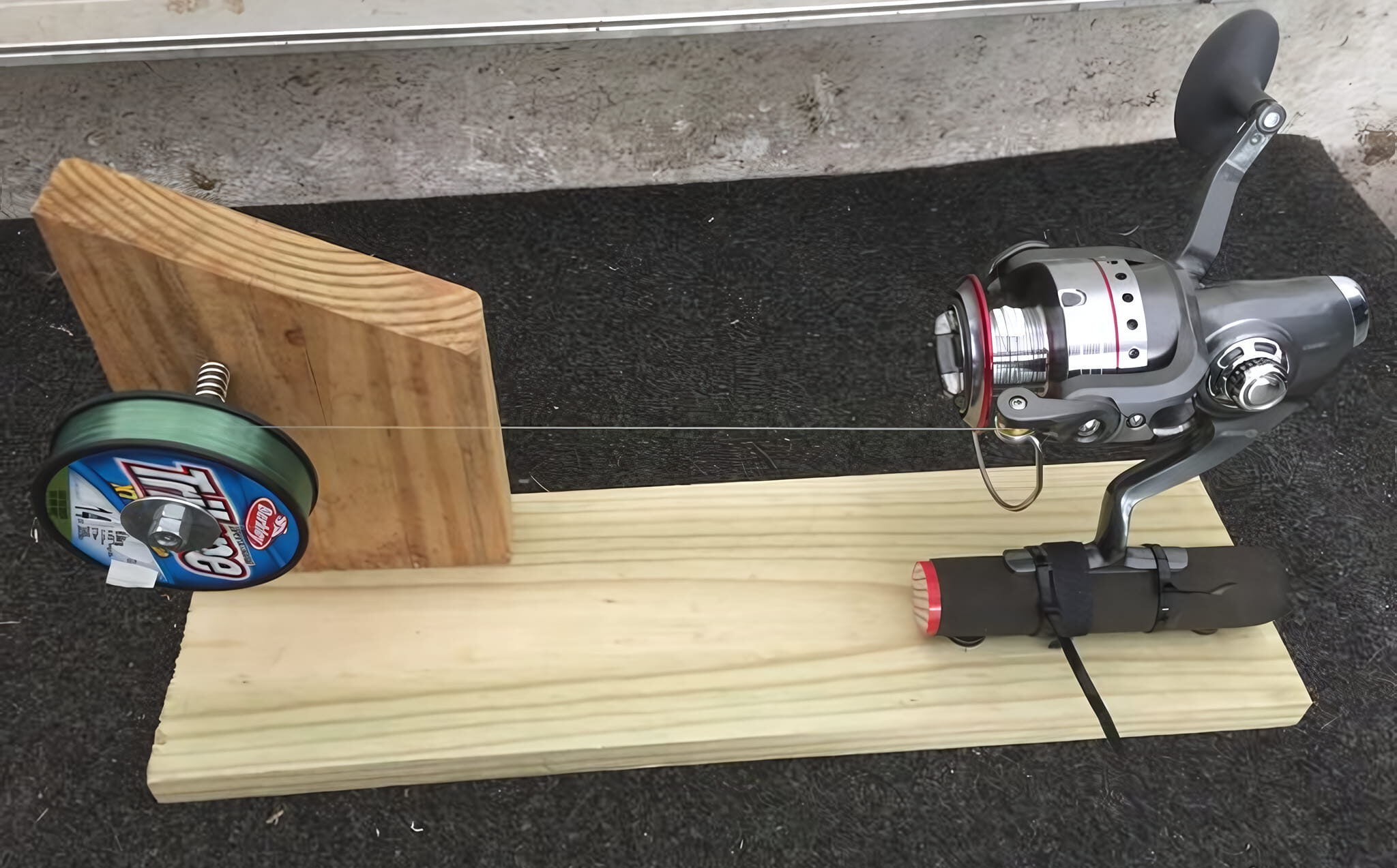 Fishing line does not last forever. Not all fishing lines are created equal. Quality lines cost more than the cheapo brands. You may pay less for more line, but you also get line that is inconsistent in poundage and diameter.
Fishing line does not last forever. Not all fishing lines are created equal. Quality lines cost more than the cheapo brands. You may pay less for more line, but you also get line that is inconsistent in poundage and diameter.
If you have never used colored lines, consider giving them a try. They are available in Braide and Monofilament. Personally, I prefer Mono for most fishing. Braid works best for trolling or heavier applications.
Line colors may include Golden/ yellow, Red, Solar Green, or Blue. The yellow and green are my favorites. They can be seen in most light conditions more easily. Colored lines allow you to see the bite. This is especially important when ice fishing, when bites can be very subtle. Not only can you see the bites more easily, but you can also see where your cast is going. Once in the water, you can see the line drifting and bait/lure location.
Anglers reluctant to use colored lines argue that the fish can see them. Fish do not see colors, just shades. Tying a tippet of Florocarbon to the colored line will solve any concerns. The Floro is also thinner in diameter and stronger than most monofilament.
The most common knot needed is a Clinch Knot. Lick the knot before tightening it to prevent any weakening of the line. Use a pair of clippers to cut the line, not your teeth. There are also many other types of knots that you want to explore that work best for lures, jigs, baits, etc.
Tiny Barrel swivels will allow you to connect lines if you struggle with Blood Knots. All knots will weaken your line, so be aware. Nicks, kinks, and damage to lines will weaken them more. Knots fail most often when you finally hook a Big One!
Put the line onto your reel correctly. This means the loops of line should be facing upwards. If you ever tried to roll up a garden hose, you know what I am talking about. A sturdy arbor knot is needed to attach the line to the spool. Wrap the line on evenly. Make sure that the anti-reverse reel setting is engaged and that the spool is positioned completely. The line should load with a convex arc in the middle. Fill the spool so that the arc is the same height as the spool edges. Less line will limit casting distance.
Once the line is on, protect it. This means keeping it out of the sunlight and heat. Cover the reel with a sock or keep the rod and reel combo in a case. If you are fishing a weedy or muddy area, you can also rinse off and clean your lines. Dove dish soap is gentle to the line. A towel will wipe the line clean and dry. Line that is cared for will last longer than line parked on a reel/rod in a gunrack.
Old lines can be recycled at most sporting good stores. I also pick up miles of old line along shorelines. This discarded line can entangle critters and kill them. The modern lines will take decades to degrade so always dispose of line properly. I toss the old line into a plastic milk jug with a larger hole cut in the top. The entire jug and line can go into the recycling.
“You should have seen the one that got away!” This line is as old as the line you were probably using!
Montana Grant





